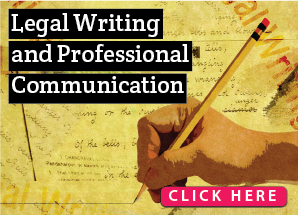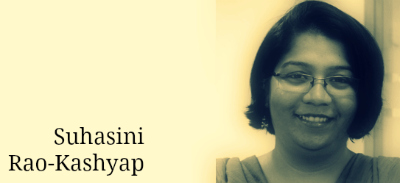 Tomorrow (January 15) marks the eighty-fifth birthday of Martin Luther King, Jr., a civil rights activist of tremendous influence and instantly recognisable as one of the great orators in history. His speech, “I Have a Dream”, served to underline both these attributes.
Tomorrow (January 15) marks the eighty-fifth birthday of Martin Luther King, Jr., a civil rights activist of tremendous influence and instantly recognisable as one of the great orators in history. His speech, “I Have a Dream”, served to underline both these attributes.
Modern lawyers find it necessary to make effective oral communication — not only during litigation or arbitration proceedings, or during negotiations, but also while interacting with clients and colleagues, in interviews and meetings, and while making presentations. Studying the techniques of great orators like Martin Luther King can give us an insight into this essential skill.
Before you speak
All texts on public speaking will recommend preparation as ‘essential to success’. That does not always mean that you should write a speech or a presentation. You should however, reflect on some of the following before speaking.
– What is your purpose or your task?
– Who is your audience? What do they want? What style of communication could work for them?
– Do you have sufficient knowledge?
– What is your theme or your themes?
– How much time will you have to speak?
Thinking about these points will focus your thoughts on what you are about to say in the context of your purpose and your audience.
As you can see from the video above, Martin Luther King had prepared notes for “I have a dream”. That allowed him to follow the structure he had prepared.
The structure
An important step in developing into a good speaker is about knowing what to say, and in what order. Even the most informal speech or remark can benefit from a structure of some kind.
First, consider how to open. The aim of your opening, wherever you are speaking, is to get the attention of your audience and to introduce the matter you are speaking about or the issue that is up for discussion.
Second, move through the points you wish to make in a logical manner. For example, you can move through your points from the most persuasive to the least persuasive.
 A reading of “I have a dream” can help us appreciate how that speech was structured. King first appeals to the founding principles of America—freedom and justice to all people, then brings to the fore the failure of those principles where race was concerned, and finally — leaving disappointment behind—talks about his hope, and prays for the future.
A reading of “I have a dream” can help us appreciate how that speech was structured. King first appeals to the founding principles of America—freedom and justice to all people, then brings to the fore the failure of those principles where race was concerned, and finally — leaving disappointment behind—talks about his hope, and prays for the future.
Conclusion and repetition
That brings us to the conclusion. You should always conclude. Don’t just finish making your various points and then stop speaking. It is often the first and the last things that you say that people will remember most, so don’t waste the opportunity to make your point one last time. Your conclusion should also link to the theme or the argument that you introduced when you started speaking.
One obvious difference between written and spoken communication is that a reader can go back and look again at something they missed or did not understand. A listener cannot do that. Repetition, therefore, can give you an edge in oral communication.
The power of a planned speech and repetition as a rhetoric device is evident in any of Martin Luther King’s speeches. Even now, fifty years after he made the speech, the words ‘I have a dream’ invoke his vision for racial equality.
(Deeksha Singh is part of the faculty on myLaw.net.)

